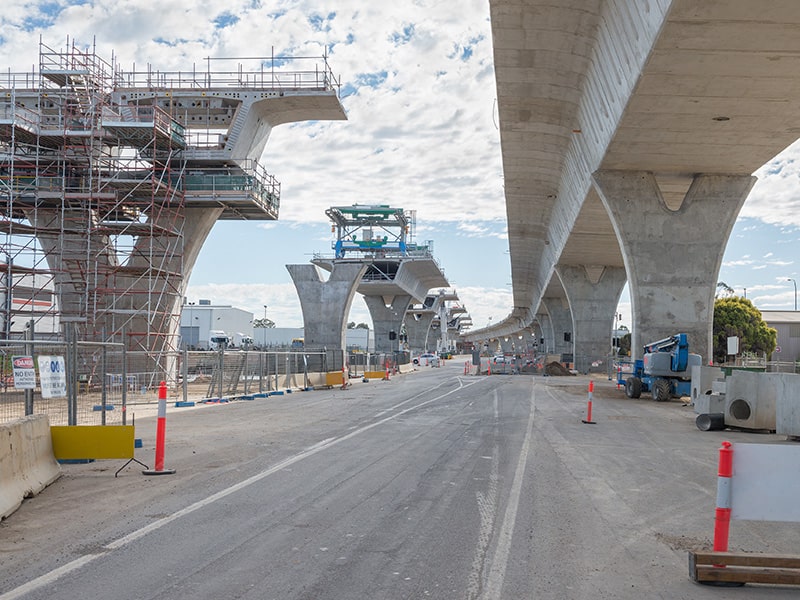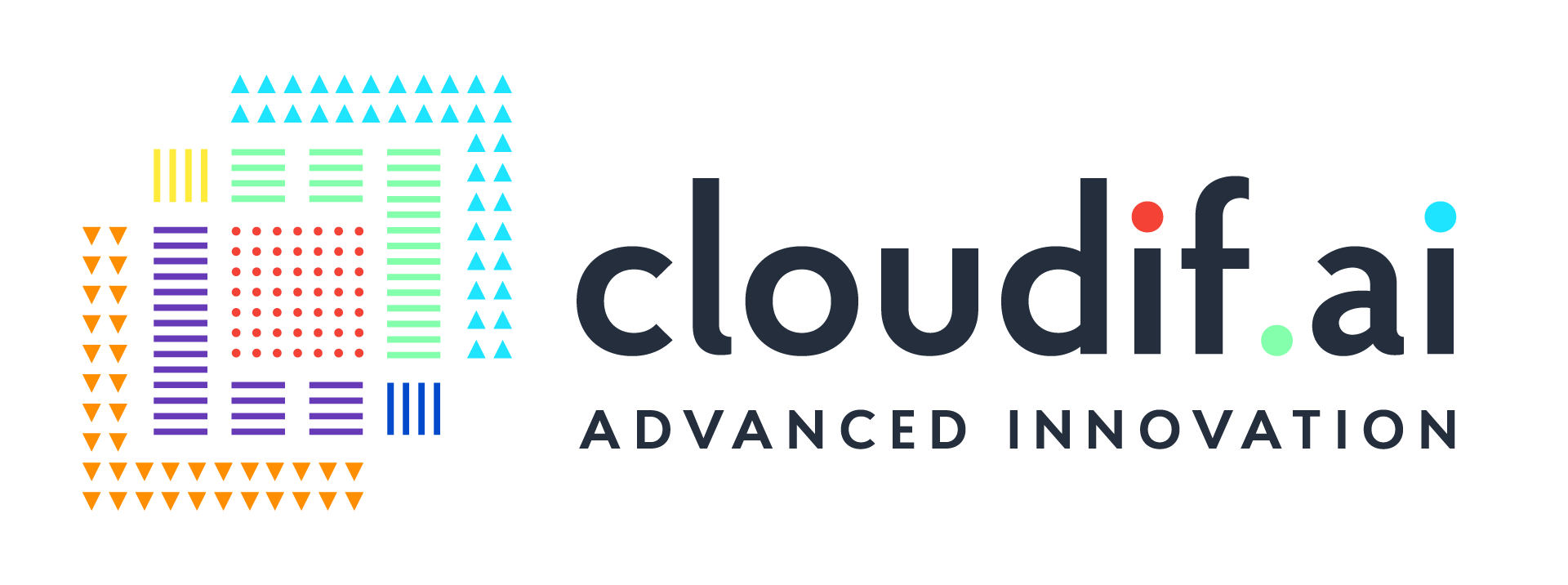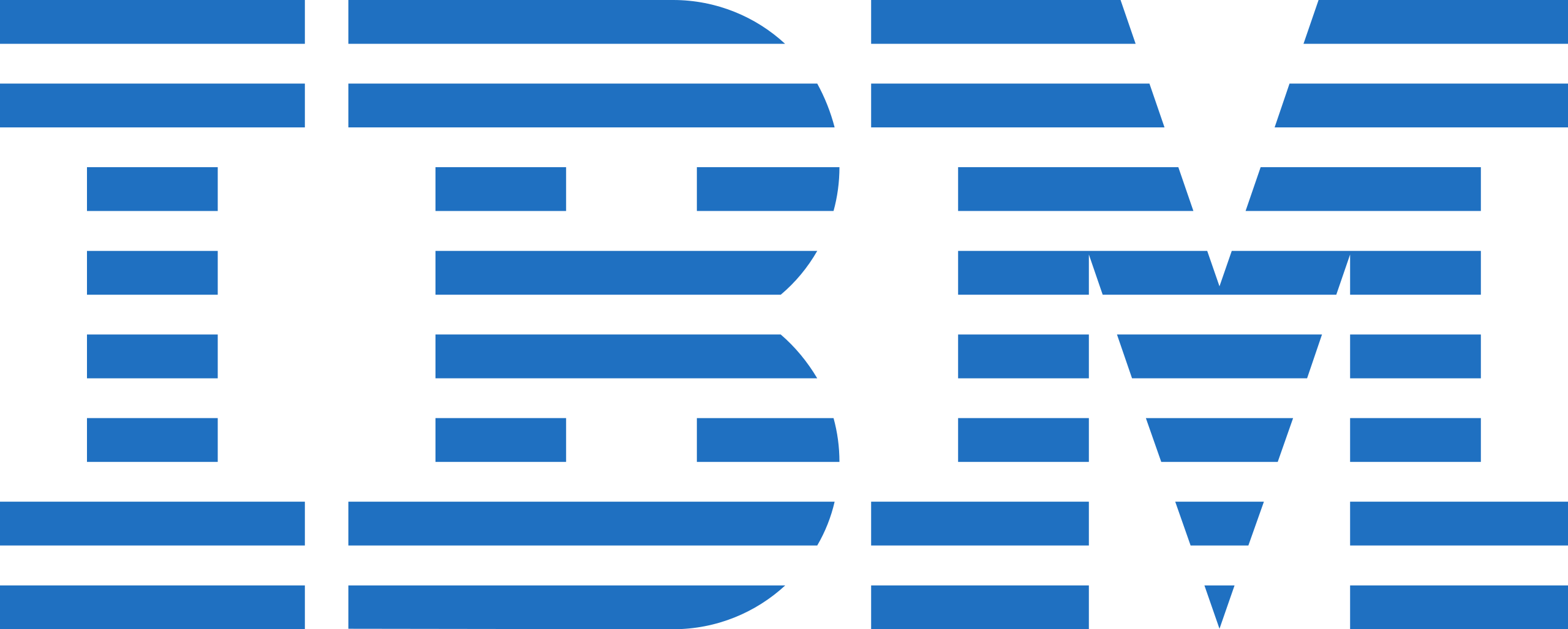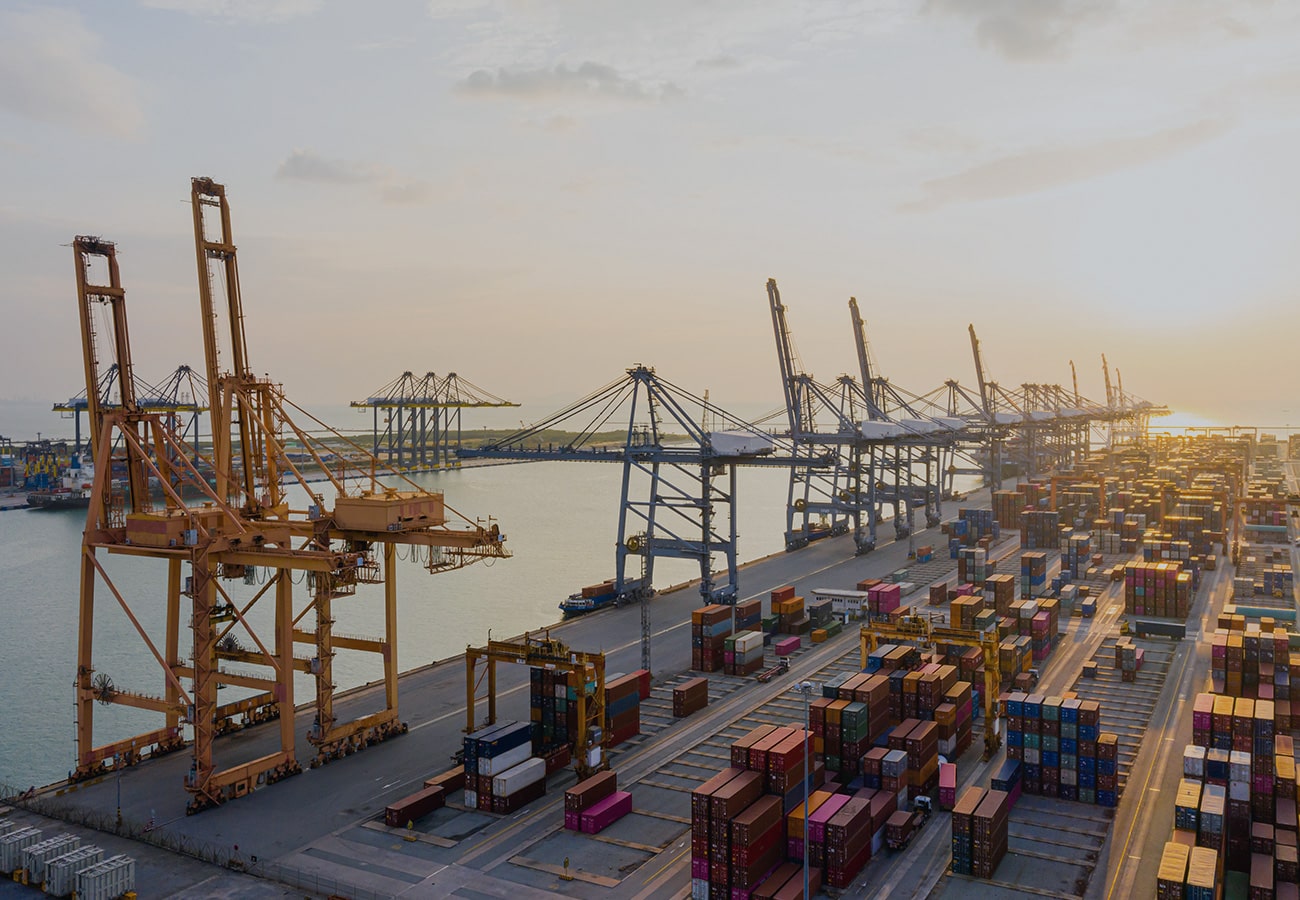EPC
INDUSTRIES
Effectively leading the entire project implementation process
Greater awareness in compliance with execution times and quality, ensuring safety and reducing costs.
EPC contracts are commonly used to carry out the design, procurement and construction of complex large-scale infrastructure and plants in the sectors of Oil&Gas, chemical, mining, energy production and transmission, industrial plants, steel poles, telecommunications, renewable energy sectors, industrial and civil buildings, railways, ports, road and airport transport infrastructures and in the management of all phases of the work up to testing, commissioning and turnkey delivery of the construction to the Client/General Contractor.
- Reduction of errors and improvement of design quality
- Engineering and digitalization of construction and management processes, improvement of information exchanges with subsequent processing and extraction of value from the information acquired
- Compliance with times and specifications defined by the Client
- Increase in energy efficiency and operator safety
- Innovative production methods and tools
- Reduction of downtime of plants, resources and means of work
- Potential re-conceptualization of the business model, moving from the EPC model to asset-plus-services or as-a-service models
I-AM facilitates the supervision of the state of construction and the control of possible defects through their clustering, prevention, systematic and punctual definition for predictive purposes and to reduce the costs (direct and indirect) of non-quality and their quantification.
In addition, ensuring compliance with national, international, industry-specific regulations and document standards and quick access to up-to-date information on all documents can lead to increased safety of operators during work activities and of the constructions themselves during the realization phase, enabling design execution affected by a lower error rate, providing users in real-time or in advance with the necessary visibility of progress, reviews, testing or maintenance activities, effectively impacting cost reduction in terms of unexpected capex and opex at the design stage and loss of performance and productivity.





































